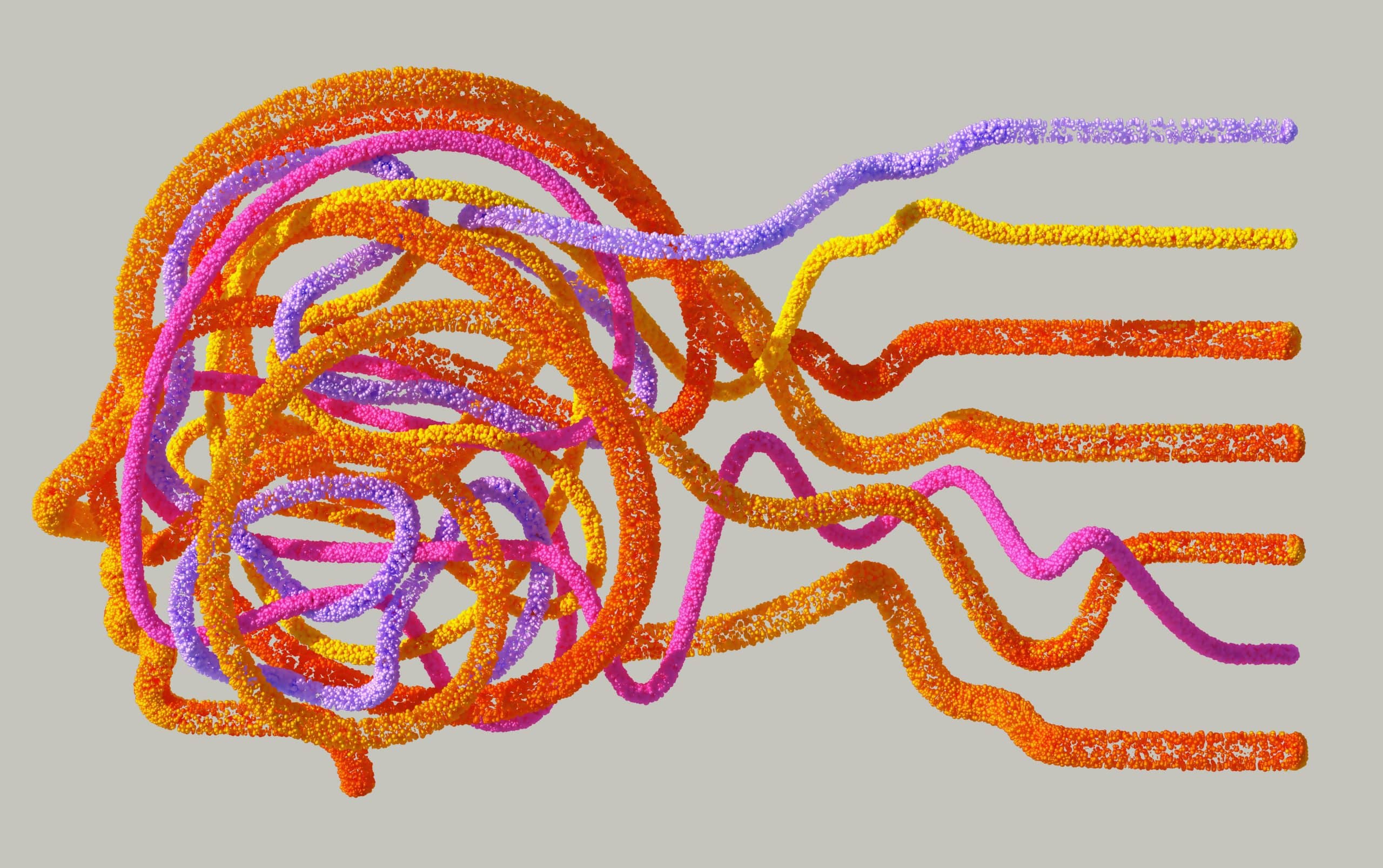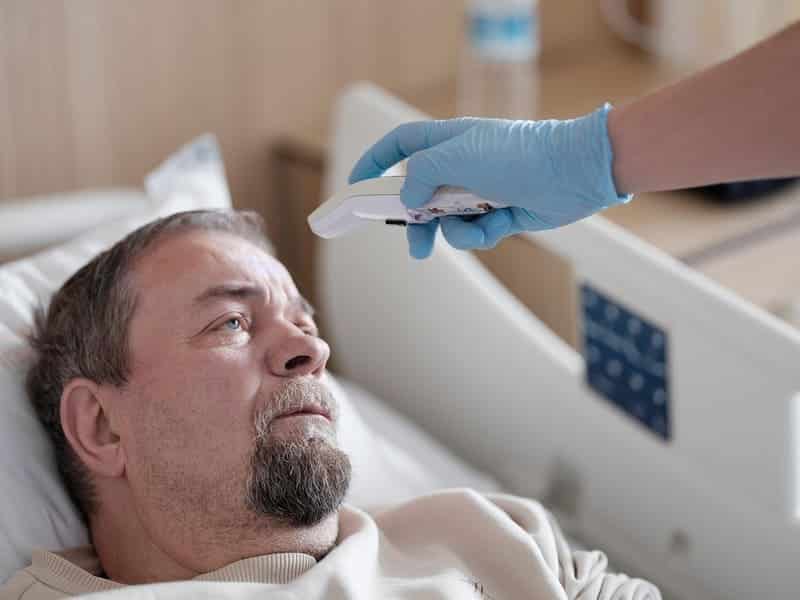Light therapy or phototherapy has been proven as an effective, minimally invasive way to treat certain types of cancer. Performed by coating cancerous cells with a light-activated drug and shining light over them, phototherapy fights well against cancers located on or close to the surface of a patient’s skin but has been less successful in combating deep-seated cancers that hide inside layers of tissue, blood, and bone.
A novel LED device could finally bring those deep-seated cancers into the light. Developed by engineers and scientists at the University of Notre Dame, the wireless device can be implanted into a patient’s body; by shining light to trigger light-activated drugs inside the body, this device can destroy deep-seated cancer cells. While the device is still in the experimental stage, it represents a promising medical development in the continuing battle against cancer.
How Does Light Therapy for Cancer Work?
https://gty.im/1322218955
When performing phototherapy on a patient, a doctor or scientist will administer a dye with light-absorbing molecules into the cancer cells on or near the surface of the patient’s skin. Then they will shine a light on the cells to activate the photoswitches, or light-sensitive molecules, inside the dye. Those molecules convert the light into energy, that energy turns the oxygen inside the cancer cells into toxic agents, and the cells essentially destroy themselves trying to fight off the oxygen’s toxicity.
Scientists have identified green light as one of the most effective wavelengths of light for creating robust responses against cancer cells. While green light is effective for activating photoswitches on or near the surface of a person’s body, it doesn’t penetrate tissue as deeply as other wavelengths of light do, so it hasn’t been as effective at fighting deep-seated cancers. The implantable LED device the Notre Dame researchers have developed might allow green light to reach depths it’s rarely reached before.
How Does the LED Device Function? What’s Next in the Development Process?
Around the size of a grain of rice, the LED device can be injected directly into a cancerous tumor and activated remotely via an external antenna. Like other forms of light-activated drug therapy, the device shines a light on cells coated with light-absorbing dye, thereby enabling the light to be converted into energy that turns the oxygen in the cancer cells toxic. The device causes the cells to swell and undergo pyroptotic cell death, which is particularly effective in mobilizing the immune system’s cancer-targeting response.
As they refine the device, the researchers will conduct studies on mice to determine whether their immune systems will target and attack other tumors on their own after the device triggers a cancer-killing response in one tumor. The researchers also plan for the device to monitor a tumor’s response to attacks; doing so will enable the device to adjust its signal strength and timing as needed. Since it’s still being tested and refined, the device is not currently available as a treatment option for human patients.
Final Thoughts
While light-activated drug therapy effectively fights certain cancers near the surface of a person’s skin, scientists and doctors have for a long time been unable to use phototherapy to combat deep-seated cancers since they exist in places where surface-level light can’t penetrate. Thanks to researchers at the University of Notre Dame, however, a new wireless, implantable LED device has shown promise at bringing light therapy deep inside the body to fight these more hidden cancer cells.
Though still in the experimental stage, this device has been proven to be effective at causing a type of cell death that triggers the immune system’s cancer-fighting response. The researchers will soon experiment on mice to see whether the device prompts the immune system to seek out and combat cancer cells on its own. Though the device probably won’t be ready as a treatment option for human patients for a while, this positive development in the continuing fight against cancer should be welcomed wholeheartedly.
Disclaimer: This article is intended simply to provide information. It does not replace the medical advice of a physician. Please speak with your doctor if you have any questions or concerns.
For More Great Content
Total Apex is an all-encompassing content producer. We provide heavily detailed articles every day on entertainment, gaming, sports, and so much more! Check out all our great sports content at Total Apex Sports. Check us out on X @TotalApexEandG and our other sites: Total Apex Sports Bets and Total Apex Fantasy Sports.









